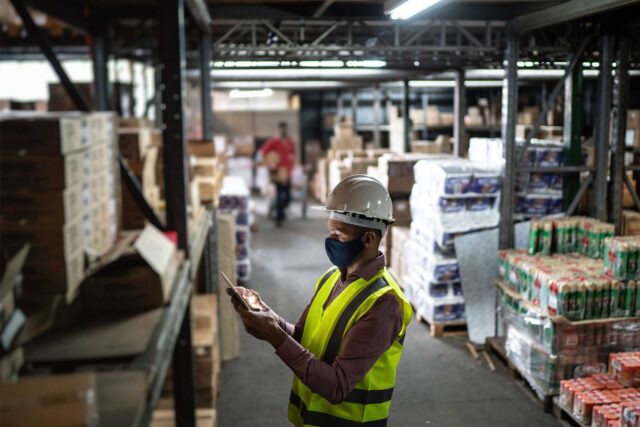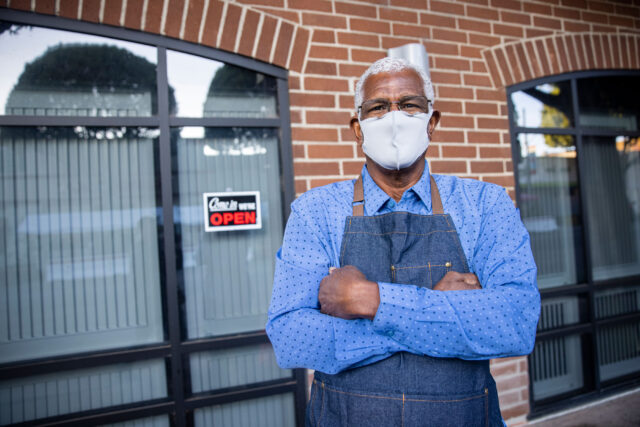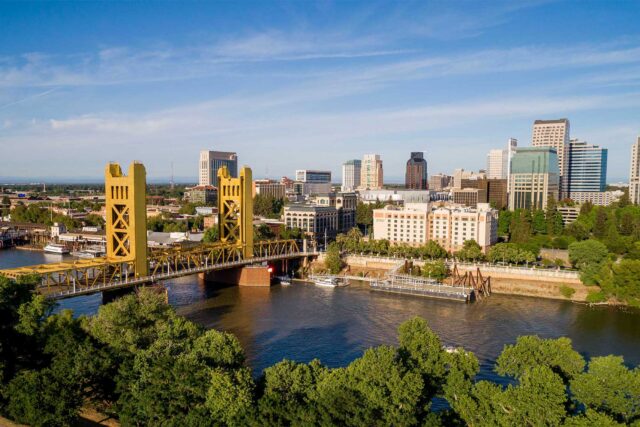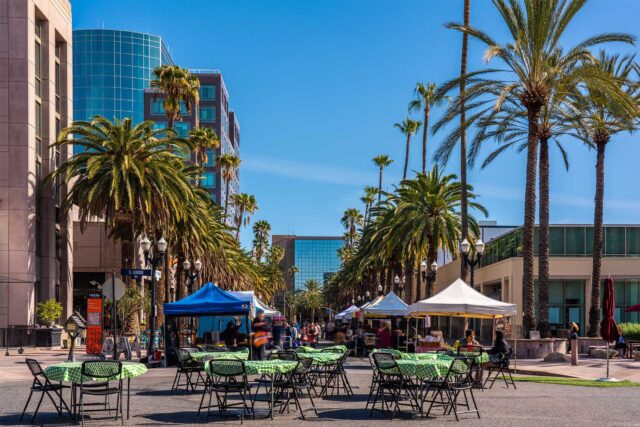This post is last in a series analyzing how job sectors will affect economic recovery in five California regions.
The two largest job centers in California, the Bay Area and Los Angeles, both saw severe downturns over the past year. The Bay Area’s concentration of tech and remote-compatible jobs, however, softened the blow from a slump in tourism and leisure and hospitality. Overall, the pandemic struck the Bay Area economy with less severity than Los Angeles and the state, but more so than the Sacramento metro and Central California.
Five of nine Bay Area counties posted unemployment rates at or below the national rate of 6.2% for March 2021. Marin was lowest in the state at 4.8%, with San Mateo, Santa Clara, and San Francisco close behind—but still twice as high as a year ago. The East Bay was higher, at 6.5% in Alameda and 6.8% in Contra Costa, while Solano saw the highest unemployment (7.8%), which was still lower than 8.2% statewide.
In March and April 2020, Bay Area employment fell by 16%, or 676,000 employees—less than statewide (17%) or in Los Angeles (22%). The San Jose metro dropped 14% while Napa fell 22%. San Francisco has recently recovered a feeble 38% of initial employment losses, whereas the East Bay and Silicon Valley regained slightly over half. Only the Napa and San Rafael metros—at 60% and 63%—regained jobs above the state’s 59% rate of recovery. However, employment throughout the region remains 8.1% below pre-pandemic levels. Overall, Silicon Valley rebounded better than San Francisco, as San Francisco relies more heavily on downtown office workers, business travel, and tourism.
Over half of job losses in the Bay Area came from accommodation, food, arts and entertainment, and other services. In San Francisco and Silicon Valley, jobs in accommodation and food fell by 42% and 48% from a year ago—the largest annual declines among California’s 13 largest metro areas. San Diego and Santa Barbara saw similar declines early in the pandemic but are now in relatively better shape.
As the center of the US tech industry, the region has the most jobs in professional services of anywhere in California: 13% overall and 18% in San Francisco versus 7.7% statewide. Employment in this sector includes technology-based services related to software, computer design, and consulting, which is practically back to pre-pandemic levels. Information sector workers—mainly internet and software services—represent 6.5% of pre-pandemic employment, more than double the statewide share. Compared to a year ago, Bay Area jobs are not down in these sectors.
When Bay Area workers went remote, it proved devastating for downtown districts. Together with the halt in leisure and business travel, this remote shift has contributed to San Francisco’s sluggish recovery.
Today, recovery for many workers depends on the return of travel, tourism, and hospitality to the Bay Area. For others, the pandemic changed where or how they work but not whether they had a job. Questions around a long-term shift to telework and the future vibrancy of downtown districts loom over recovery.
If remote work continues and downtown crowds stay sparse, major urban centers across California will need to reimagine their downtowns. However, remote work may benefit communities where workers now spend more time, along with reducing workers’ commuting burdens. In this way, the post-COVID labor market may have far-reaching consequences for Californians. To break the mold following past recessions, policymakers should consider who benefits and who is left behind amid these shifting economic forces.
The Central Valley, Southern California except Los Angeles, and Sacramento have seen steady recovery, with logistics and construction bringing new jobs; meanwhile, the strong labor market in the Silicon Valley will likely persist. But the pace that other sectors return and the effect of remote work will frame the remaining recovery and the new normal for California.
Topics
coronavirus COVID-19 Economy employment jobs Los Angeles recession recovery regional employment recovery unemploymentLearn More

A Regional Look at the Availability of Well-Paying Jobs after COVID

California’s Evolving Economy

Farms, Freight, and Retail Support the Recovery in Central California

How Did California’s Economy Recover from COVID—and What Comes Next?

Making Sense of California’s Economy

Recovery in Los Angeles Is Tied to Hospitality and Hollywood

The Sacramento Area Economy Runs on Government




